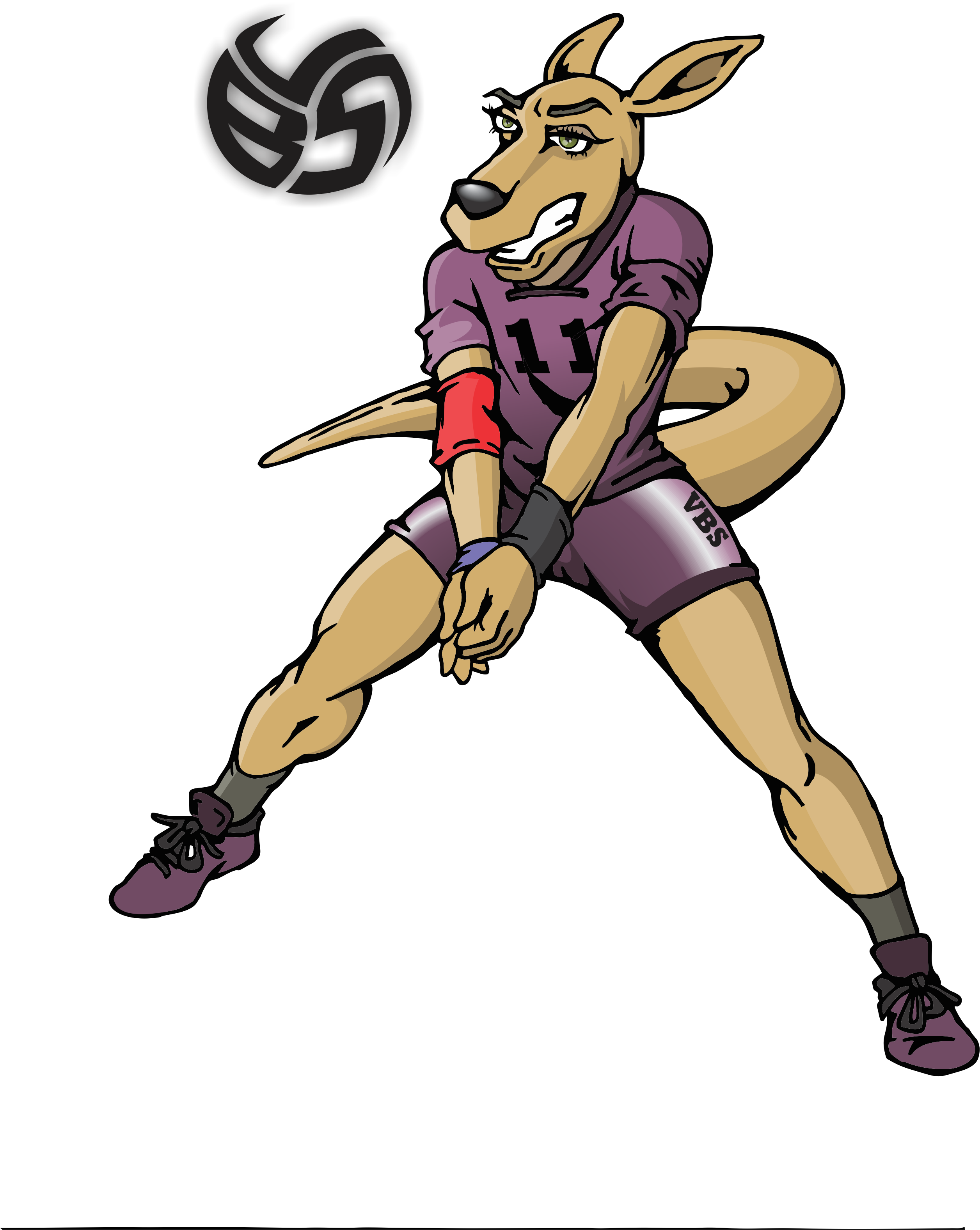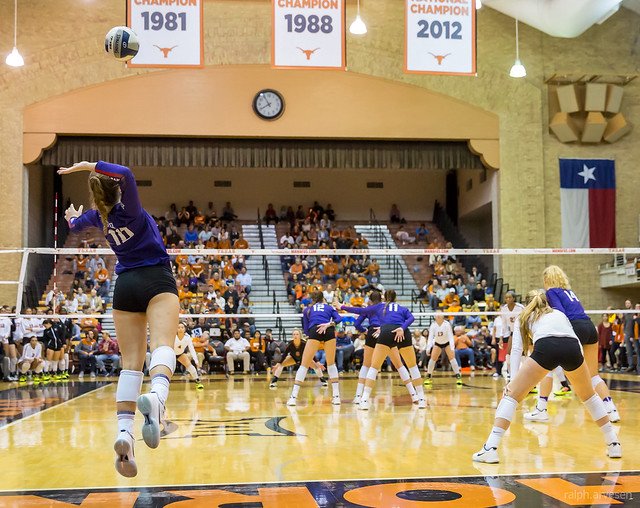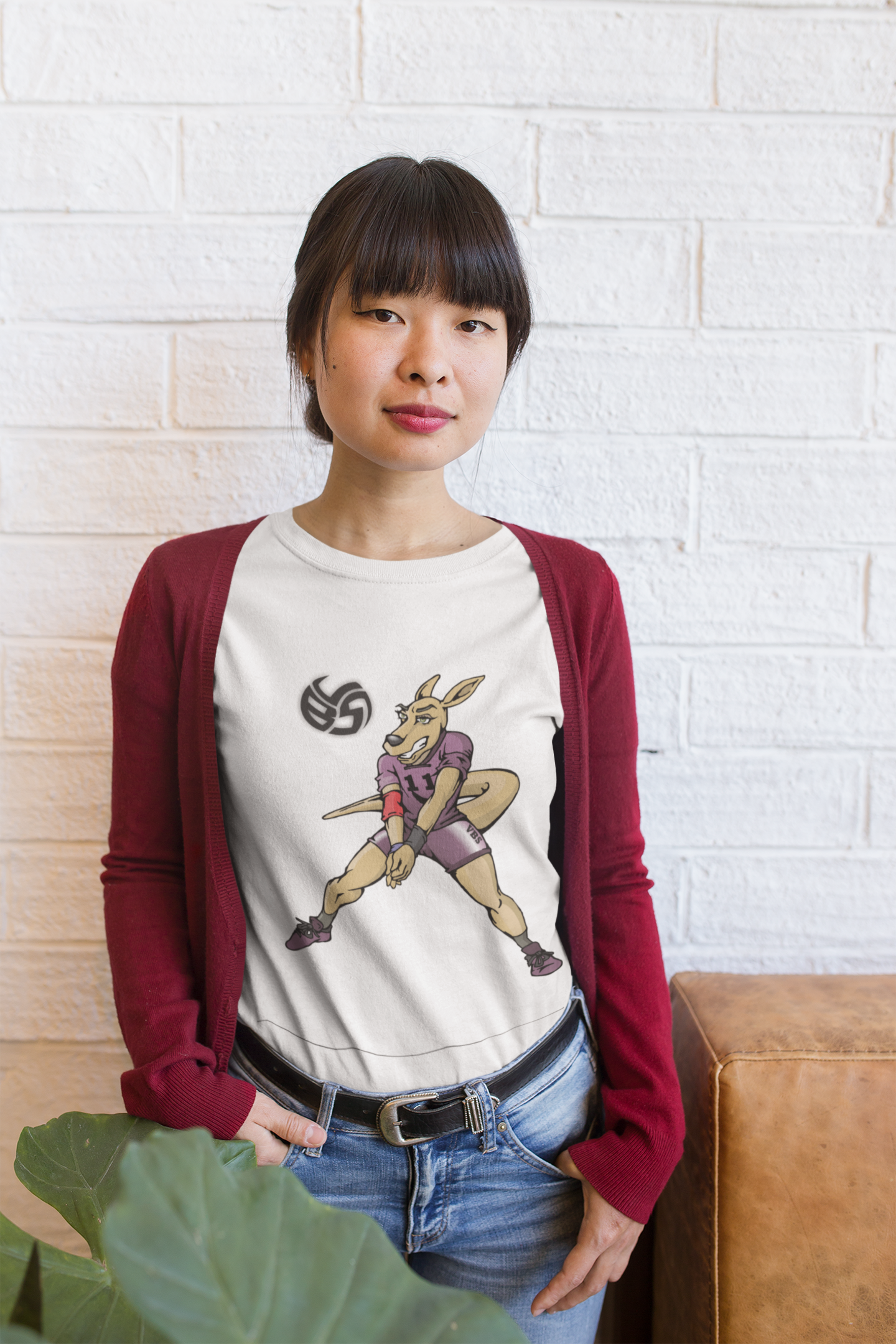- Improve Your Volleyball with Coach April
- High School Varsity Volleyball
- 5 Volleyball Forearm Pass Tips
 Dear Volleyball Mom,
Do You Know What Sets My Private Volleyball Training Apart From Anyone In Vegas?
I invite You to read what my private volleyball training mission says before considering hiring me as a private volleyball coach because I'm not available for everyone.
Dear Volleyball Mom,
Do You Know What Sets My Private Volleyball Training Apart From Anyone In Vegas?
I invite You to read what my private volleyball training mission says before considering hiring me as a private volleyball coach because I'm not available for everyone.Improve Your Volleyball Forearm Pass with My Five Ball Control Tips
Learn about these five volleyball forearm pass tips that will help you get the ball to your setter consistently while your team is on serve receive in a rally.
 I like to teach the following tips and techniques about the volleyball forearm pass which pinpoint five different things you should remember to do when you are looking to control the ball while trying to pass it to your setter.
I like to teach the following tips and techniques about the volleyball forearm pass which pinpoint five different things you should remember to do when you are looking to control the ball while trying to pass it to your setter.The volleyball forearm pass is a super important serve receive skill high school varsity volleyball players use to initiate their team's offensive plays once the opposing team has served the ball into their court.
I like to teach the following tips and techniques about the volleyball forearm pass which pinpoint five different things you should remember to do when you are looking to control the ball while trying to pass it to your setter.
Whether you are just learning how to play volleyball or have played for awhile and are having problems with your passing, I suggest you pick one of these elements to work on, one at a time, while you are doing your passing drills in practice.
Volleyball Forearm Pass Tips for High School Varsity Players:
Keep Your Elbows Straight
 First one of the most important things you want to do is to keep your elbows straight which creates the flat platform you need to control the ball and direct it to your target like Evan is doing in this photo.
First one of the most important things you want to do is to keep your elbows straight which creates the flat platform you need to control the ball and direct it to your target like Evan is doing in this photo.First one of the most important things you want to do is to keep your elbows straight which creates the flat platform you need to control the ball and direct it to your target.
If you take a look at photos of players whether high school varsity, collegiate or professional or beach pros who are in the process of bumping a ball, note how they always work on presenting a nice flat platform by holding their arms as straight as they can while they pass the ball.
In order to present that straight platform, avoid bending your elbows when you contact the ball.
If you pass a volleyball with bent elbows, you will have less ball accuracy and ball control, but by keeping your your arms straight you increase the amount of ball control and improve your ability to guide the ball to the your target.
How do you keep your elbows straight?
By making sure that when you clasp your fingers together, your thumbs should be pointing to the floor.
Volleyball Forearm Pass Tips For High School Varsity Players:
Track The Ball From The Server's Hands
You should get in the habit of visually tracking the ball all the way into your arms.
As a passer, what is the best thing for you to focus on when the opposing team is about to serve the ball?
Once the referee has blown the whistle to initiate the play, and the server bounces the ball before they serve it, its at that moment that players should focus on the ball in the server’s hands.
Focusing on the ball while it’s in the server’s hands, then while it crosses the net and keying on it all the way into your platform will help you anticipate where you need to be in order to position yourself behind the ball in order to pass it.
If you are an indoor player having a problem with your volleyball passing skills one thing you can do is check to see if you get distracted by taking your eyes off the ball between the time the server serves it and the time the ball crosses the net.
Ready position and ready to pass in serve receive. That's me as a professional volleyball player during the Division I Italian Championship match in 1990 when I played in Reggio Emilia for Braglia Cucine.
That's three-time Olympian Paula Weishoff and our Italian teammate Cristina Boselli.
Notice we are all in a low athletic stance, shoulders in front of our knees, right foot slightly forward.
We are focusing on the ball in the opposing server's hand and I can guarantee you we are talking to each other, telling each other to watch for the short serve and who's going to get what.
You might be taking too long to begin visually tracking the ball, and if you start tracking it once the ball gets to your side of the net then that's already too late to react to it.
That's when you increase your chances of getting aced or shanking the ball because you've moved too late to it.
Three Volleyball Forearm Pass Cues High School and JV Players Should Use
 There are three volleyball forearm pass cues you should use to improve your passing skills, keep your arms together, both feet on the ground, position yourself behind the ball.
There are three volleyball forearm pass cues you should use to improve your passing skills, keep your arms together, both feet on the ground, position yourself behind the ball.There are three volleyball forearm pass cues you should use to improve your high school varsity passing skills
- keep your arms together
- keep both feet on the ground
- move quickly to position yourself behind the ball
Volleyball Forearm Pass Cues
Good High School Varsity Volleyball Players Do
Keep Your Arms Together
Watch how Aubrey moves her midsection out of the way deciding early which side of her body she is going to open u and get out of the ball's path while putting her passing platform outside of her body line in the path of the ball while keeping her inside shoulder angled towards her target.
The next thing high school varsity and JV players should remember when trying to improve their volleyball forearm pass is to always keep your arms together without breaking them apart when making contact with the ball.
For a period of time while playing college volleyball I was guilty of breaking my arms apart against easy serves and free balls.
But it’s not a good habit to get into, because sooner or later you’ll find yourself having to pass a jump served ball.
The harder the serve, the more important it is to keep your arms together so you can control the ball.
Volleyball Forearm Pass Cues High School Varsity Volleyball Players Do:
Keep Both Feet On The Ground
When you bump the ball with your feet in the air, its famously called the "jump bump" and many new players have a tendency to try and 'jump bump" the ball to their target.
If your feet are in the air then you can’t change directions or make any last minute or minor adjustments to your body positioning, but if you keep your feet on the ground you have control over your body movements and can adjust to the ball accordingly.
The best thing you could do, is to quickly back your body up or open up while staying in a low position which gives the ball a few more seconds and a bit more space to come down where it has less movement in the air and you have more control.
So, as much as you can, you want to avoid the jump bump.
Volleyball Forearm Pass Cues For High School Varsity and JV Players:
Move Your Feet Quickly To Position Yourself Behind The Ball
Lastly, wherever the ball is you want to move yourself to get into position behind it with your feet first.
Besides doing passing drills in practice, high school players want to work on foot speed and agility drills.
The faster you can move your feet, the faster you can get yourself in the best position behind the ball in order to pass it.
You can regularly do some forms of lower body speed training before you do your pregame warmup drills, where you should do a series of short sprints forward, backward and sideways to help you increase your foot speed and reactive abilities so that you can get behind the ball fast for your passing.
Working on these three volleyball forearm cues should help you increase your ball control during your serve receive passing.
Meet Resee the Kangaroo and Passing Specialist on
VolleyBragSwag's All Beast Team
Frequently Asked Questions about the Volleyball Forearm Pass
Q: What is a forearm pass in volleyball?
A: The forearm pass, also known as a bump or pass, is a fundamental skill in volleyball used to receive an opponent's serve or pass the ball to a teammate. It involves using the forearms to control and direct the ball to the desired target.
Q: How do I improve my forearm pass in volleyball?
A: Here are some tips to improve your forearm pass:
1. Keep your elbows straight to create a flat platform.
2. Track the ball from the server's hands to anticipate its path.
3. Keep your arms together when contacting the ball.
4. Keep both feet on the ground for better stability.
5. Quickly position yourself behind the ball with proper footwork.
Q: How important is forearm pass in volleyball?
A: The forearm pass is an essential skill in volleyball as it is often the first contact when receiving the opponent's serve. A good forearm pass sets up the team's offensive play, allowing for better control and accuracy in setting up attacks. It is crucial for maintaining ball control and initiating successful plays.
Q: What equipment can help improve forearm passing?
A: Volleyball forearm passing sleeves are popular accessories used by players to protect their wrists, forearms, and elbows during passing and digging. Brands like Mizuno and Nike offer volleyball passing sleeves that can enhance comfort and support while practicing or playing.
Q: Can I practice forearm passing on my own?
A: Yes, you can practice forearm passing on your own. You can perform passing drills against a wall, focusing on technique and accuracy. Another option is to recruit a partner to practice passing back and forth, simulating game-like situations. Consistent practice and repetition will help improve your forearm passing skills.
Q: Are there any specific drills I can do to improve my forearm passing?
A: Yes, here are a few drills you can try:
1. Wall Pass: Stand facing a wall and practice passing the ball against it. This helps improve technique and control.
2. Triangle Drill: Set up three cones in a triangle shape and practice moving quickly between them while passing a ball. This improves footwork and positioning.
3. Pass and Move: Set up a designated area and practice passing the ball with a partner while moving around. This simulates game-like movement and improves passing accuracy under different conditions.
Q: What should I do if I struggle with forearm passing accuracy?
A: To improve your forearm passing accuracy, focus on the following:
1. Proper hand contact: Make sure to contact the ball with the forearms, slightly above the wrists, creating a solid platform.
2. Eye on the ball: Keep your eyes on the ball as you pass it, maintaining visual contact throughout the entire process.
3. Controlled body position: Maintain a balanced and athletic stance with your feet shoulder-width apart, knees slightly bent, and weight forward.
Q: How can I generate more power in my forearm pass?
A: To generate more power in your forearm pass, consider the following techniques:
1. Use your legs: Engage the muscles in your legs and core to generate power from the ground up. Bend your knees and use a slight upward thrust to add strength to your pass.
2. Follow-through: After making contact with the ball, continue your arm extension forward and slightly upward. This follow-through motion adds power and accuracy to your pass.
3. Timing and anticipation: Anticipate the ball's trajectory and aim to meet it at the highest point of its arc for maximum power.
Q: What should I do if the ball is coming at me too fast for a forearm pass?
A: If the ball is coming at you too fast for a forearm pass, you can use an alternative technique called the overhead pass or "volley." In this method, you use your fingertips to guide the ball, creating a controlled trajectory. However, mastering forearm passing should still be a priority, as it is the most effective and commonly used pass in volleyball.
Q: How can I develop good forearm pass footwork?
A: To develop good footwork for forearm passing, try the following:
1. Quick first step: React quickly as soon as you see the server make contact with the ball. Take a small, explosive step towards the anticipated ball trajectory.
2. Shuffle and adjust: Maintain proper balance and shuffle your feet to adjust your position as needed. This allows you to align yourself behind the ball and maintain stability.
3. Practice positioning drills: Set up cones or markers on the court to simulate different serve placements. Practice moving quickly and efficiently to each marker, assuming the correct forearm pass position behind it.
High School Varsity Volleyball Basics
Where Do You Go From Here?
Your three options are:
- You can learn more about Passing in volleyball by visiting the Related Links below.
- Follow the suggested reading on our Sitemap page Learning How To Play (Sitemap)
- Or visit the pages in the How to Play Volleyball section in the drop down menu at the top of the page to get started.
SUSCRIBE
To My Email Newsletter Below!
From Lady Vol to Legend: Coach April Produces Powerful Passionate Players...is that you?
What Are You Looking For?

Hi there!
Thanks for stopping by. Hope you learned something today that will help you reach your volleyball goals.
Be sure to subscribe to my email newsletter so you can learn more each week!
Stay strong! Stay motivated!
-Coach April

SUSCRIBE
to my email newsletter below!
Vegas Volleyball's Unsung Heroes: Celebrating Moms with Peace Love Volleyball Shirts
Ready to energize your volleyball mom journey?
Subscribe to my 'Producing Powerful Passionate Peaceful Players' email list above on ImproveYourVolley.com.
You'll receive energy-boosting tips, exclusive insights from me, Coach April Chapple on maintaining momentum in volleyball.
Let's power up the Vegas volleyball scene together!
Recent Articles
-
Volleyball Coach Gifts Inspired By 2021 Tokyo Olympics World Flags
Mar 16, 25 02:59 AM
My volleyball coach gifts are a collection of 30 countries flag inspired designs where volleyball is the primary sport and with teams in the Tokyo 2021 Olympics -
Are Fanny Packs Back? Dive Into The World Of Color With Volleybragswag
Mar 16, 25 02:53 AM
Are fanny packs back? Fanny packs are trending! Fanny packs are cool again in 2024. Why stick to the basics when you can take your style game a notch higher? -
Cool Fanny Packs For Guys Who Play Volleyball Are Trending Right Now!
Mar 16, 25 02:50 AM
Yes, I create designs for cool fanny packs for guys who play club and college volleyball who want fashionably fun options for cross body shoulder sling bags.
 Resee the Kangaroo Shirts
Resee the Kangaroo Shirts Resee the Volleybragswag Kangaroo Shirts available now.
Resee the Volleybragswag Kangaroo Shirts available now.






















































